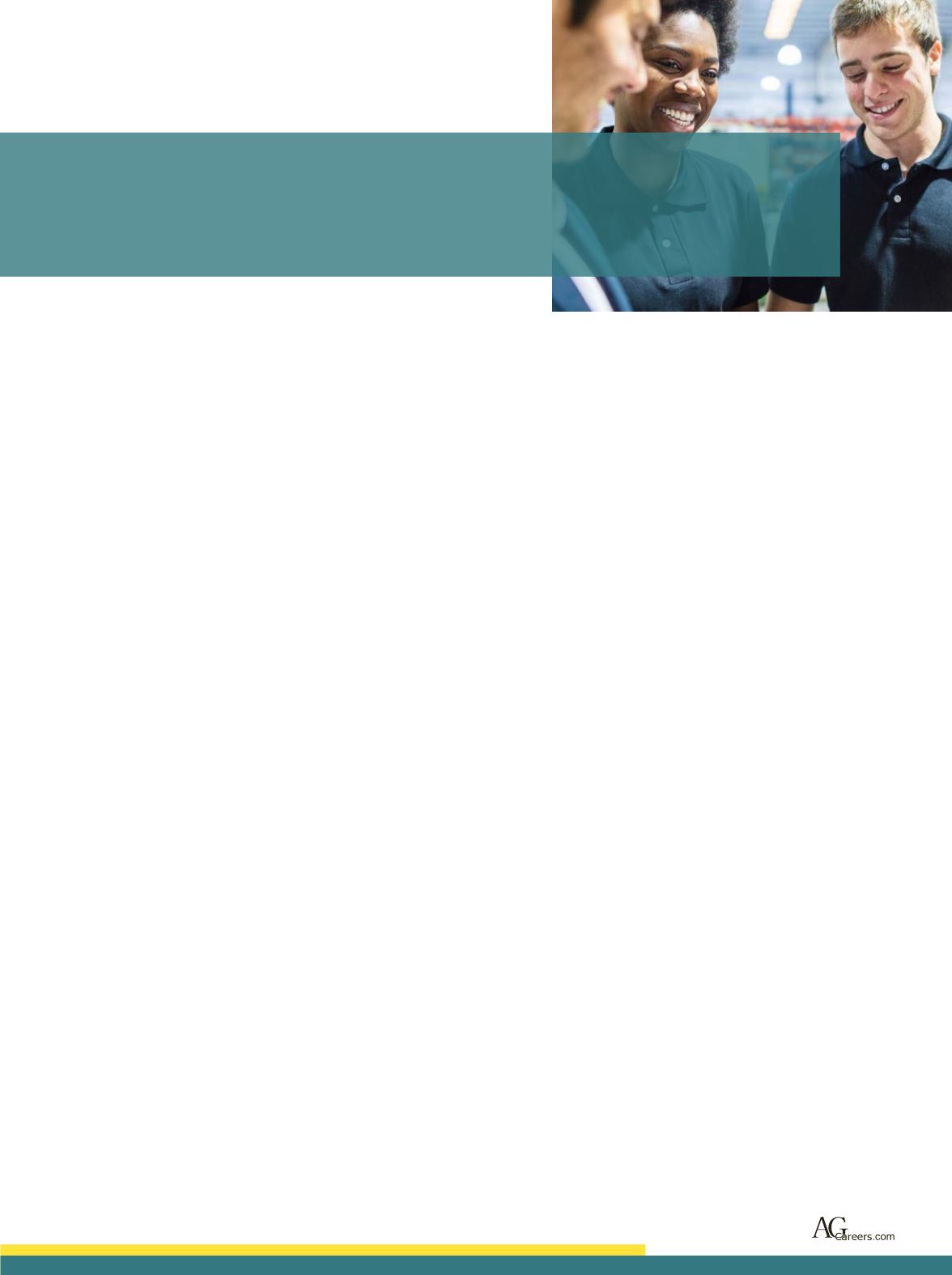

EVER WONDER
what the best
employees have or do to set themselves
apart? Well, it really isn’t a secret and we
are here to share with you the top four
habits of the best employees.
COMMUNICATION
Yes, it is as simple as being a good
communicator. However, that entails
more than most people think. First off, a
lot of communication is about listening.
Be a good listener and focus on what the
other person is saying—not your rebuttal.
Ask clarifying questions. Listen to
understand what the other person is
getting at and then formulate your
response. Take your turn; clearly and
concisely articulating your thought
process.
The other part of communication that
often gets overlooked is choosing the
right medium. Is what you want to say
best delivered by email, phone or in-
person? Do you need a meeting to cover
your agenda or would an email suffice?
Who do you really need to include in the
communication? We’ve created a society
of meetings and email trails with
everyone. Really though, we need to be
more mindful of how we communicate
and who we include. Time is money!
ORGANIZATION
This isn’t easy for some and if
organization doesn’t come to you
naturally, that is okay. There are tips and
37
A
g
& F
ood
C
Areer
g
uide
tricks to help you get there. Let’s start at
the beginning though, by getting to work
on time. Manage your lunch hour if they
afford you one—don’t schedule a haircut
that will take well over your hour timeline
in your first month or two. Learn what
type of flexibility your organization offers
before you take it upon yourself to flex.
Create priorities and understand
projects thoroughly. Again, ask
questions. If you have a full list of ‘to do’s’
it is okay to talk with your manager about
not being able to accomplish everything
immediately but ask for input on how you
should prioritize your workload. You can
save yourself time by asking questions
upfront to ask how to accomplish the
project or what the desired outcome is.
Use technology. There are so many
tools at your fingertips to help you stay
organized.
ACCOUNTABILITY
Last year in this publication we talked
about accountability. This is the idea that
you take on and continue to ask what
more you can do for your organization.
Being accountable in the workplace
means that you can motivate yourself to
get the work done.
This also has a lot to do with work
ethic and problem-solving. It isn’t
completing your work and expecting to
walk out the door for the day. It is asking
your manager or team what else you can
do to help. It is looking for new ways
to do things and continually working to
accomplish and solve problems the
organization faces.
TEAM PLAYER
No, you don’t have to love everyone
you work with, but you have to be a
courteous and respectful employee
and colleague. As employers focus on
company culture, understanding how you
contribute to help or hinder the company
culture is key. If you are hindering the
drive to build a positive company culture,
you need to reevaluate.
You can challenge the status quo or
those around you but do this respectfully.
Again, the ability to ask questions and
listen is key.
Being a team player also means
how you show up outside of work and
the perception you leave within the
community. What are you saying about
your organization to friends, family and
on social media? How do you support
your community? If you are passionate
about community involvement, ask your
employer for support. This is a great
way to build an employer brand within a
community and be a brand ambassador
for your organization.
Step up your game and implement
some of these characteristics and
qualities to become a top employee
today or in the future!
AG
4 HABITS
of top employees
by Erika Osmundson,
AgCareers.comDirector of Marketing & Communications
















